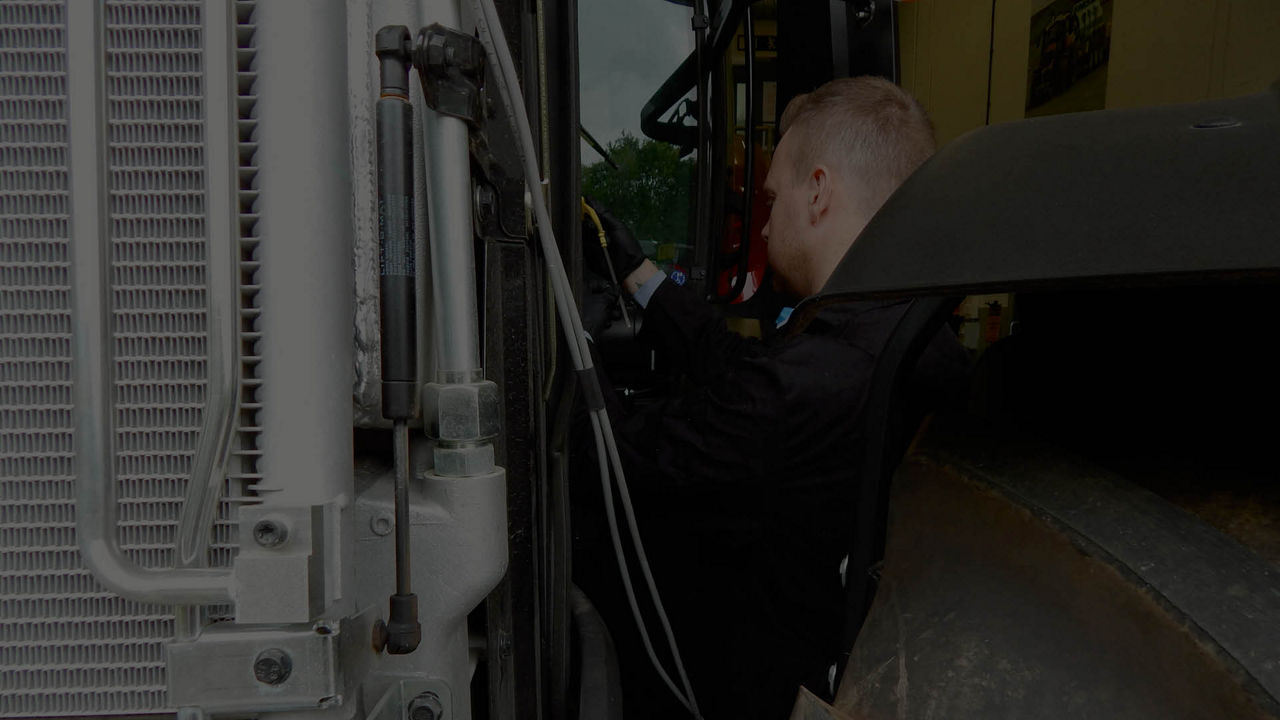
Tips from the workshop: Cooling systems
Advice from AGCO Technician Ashley Briggs on maintaining the cooling system to protect your machine and its performance.
Always check the coolant
It is important that the coolant level is checked so that the operator knows that there is enough coolant/antifreeze in the vehicle to start with. A lack of coolant could indicate a leak in the system.
Radiators and rubber pipework
Radiators and rubber pipework should be checked for leaks or damage as expanding frozen water can damage components in the cooling system. This is particularly true of radiators, which have a very small matrix of pipes that run through the cooling fins. It doesn’t take much to damage one.
Is your anti-freeze still up to the job?
The anti-freeze protection level should be checked with a hydrometer, which will measure the temperature that the coolant can withstand before it freezes. It is also worth mentioning that antifreeze will degrade over time, so although it was mixed at 50:50, if it is old antifreeze, it may not withstand the temperatures it was designed for. As a reference, an optimum system, mixed at 50:50, should withstand temperatures of -37°C before it begins to freeze.












